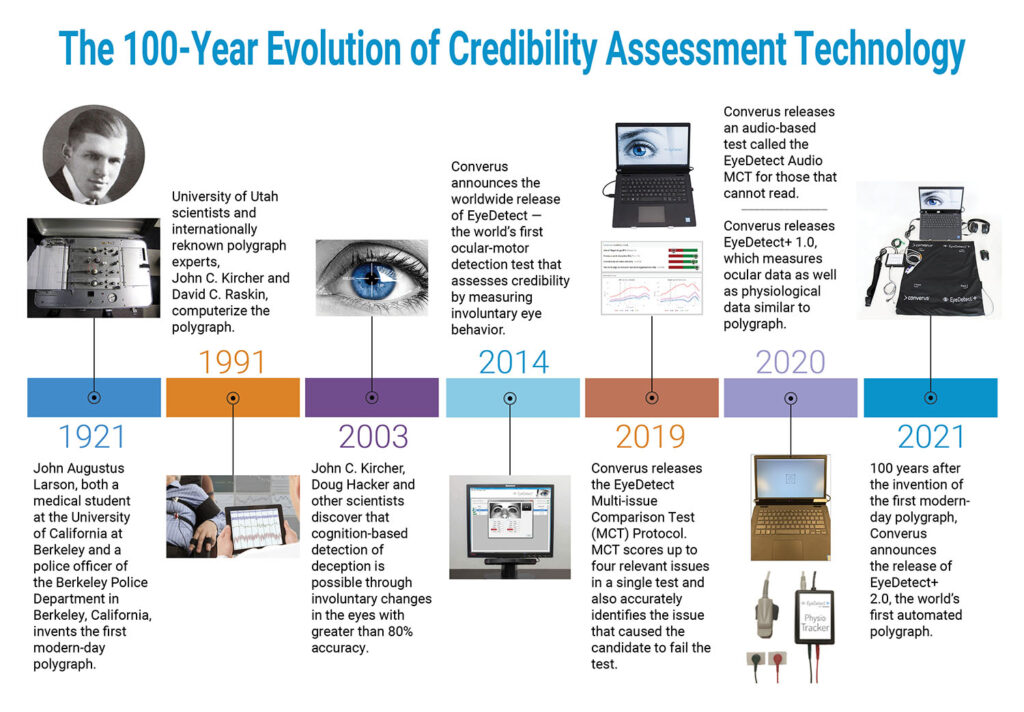
How many PR pros do you know who are also proficient in typesetting promotional collateral?
It’s somewhat like expecting your dentist to also be a top-notch mechanic or a professional ballerina to also be an Olympic weight-lifting medalist. OK, well, almost.
I’ve been a PR pro since 1987. Early on in my career I learned typesetting. And I love them both. First it was an app called Ready, Set, Go! Then I learned and mastered Quark before transitioning to the premiere typesetting application of today: Adobe InDesign. (This is an unpaid endorsement, btw. But if you’re reading this Adobe executives, please contact me regarding where to send the check.)
In reality, maybe it’s not that weird because PR and typesetting both require working with words. The former strategically and creatively composes them and the latter strategically and creatively makes them look great (and reader-friendly).
Writing great copy can be arduous. Depending upon the subject matter and amount that must be written, it can require a lot of pondering and researching — as well as laser-focused concentration. Now, I’m a bit of a PR hybrid because I not only write the standard PR material (press releases, press pitch letters, strategic communications plans, talking points, social media posts, etc.) but I also write company and product taglines, video scripts, website copy, marketing collateral (flyers, brochures, etc.), and more.
I’ve even written copy for a comic book and fortunes for fortune cookies. (Those were two of the most enjoyable copywriting projects I’ve ever had in my career.)
But many copywriting (and especially copy editing) projects require a lot of brain power. Great writing and editing require the appropriate brain neurons to fire with precision. Personally, while engaged in such work I have to limit distractions. I prefer to be surrounded by a tranquil, quiet ambience.
Not so while I’m typesetting. I can spin an album or have the news playing in the background. It’s like a brain vacation for me.
And besides that, I love the detail-oriented nature of typesetting. InDesign gives you massive control over how words/characters appear. You dictate the font style, color, size, horizontal/vertical scaling, leading and kerning. You control the size of the text box and where it appears on the page, as well as if the text should wrap around an object. There’s a lot more to this comprehensive application, but that’s the gist of it.
I think that work is cool. Call me a PR/typesetter nerd. Fine with me.
Besides, quality typesetting is good PR for a client. Let me know if you want some.
I’ll conclude this post with just a small sampling of some of my recent typesetting work:
History of Lie Detection Technology

Jeffery E. Pizzino, APR is a spin-free public relations pro who is passionate about telling the why of your story with clarity, impact and authenticity. He began his PR career in 1987 at Ketchum Public Relations in New York City but has spent the majority of his career as a solopreneur. He’s AuthenticityPR’s Chief Authentic Officer and also functions as the fractional CCO for technology startup Converus.
Jeff has an MBA in Management from Western International University and a Bachelor of Arts degree in Communications — with an emphasis in PR — from Brigham Young University. He’s a native of Milwaukee, Wisconsin, but also holds an Italian citizenship. Jeff and his storyteller wife Leticia have four children and four grandchildren. In his extremely limited nonwork hours, he studies italiano, practices guitar, gardens, disc golfs, reads, listens to New Wave music, serves in his church, watches BYU football, and plays Dominion and Seven Wonders. Email Jeff.

